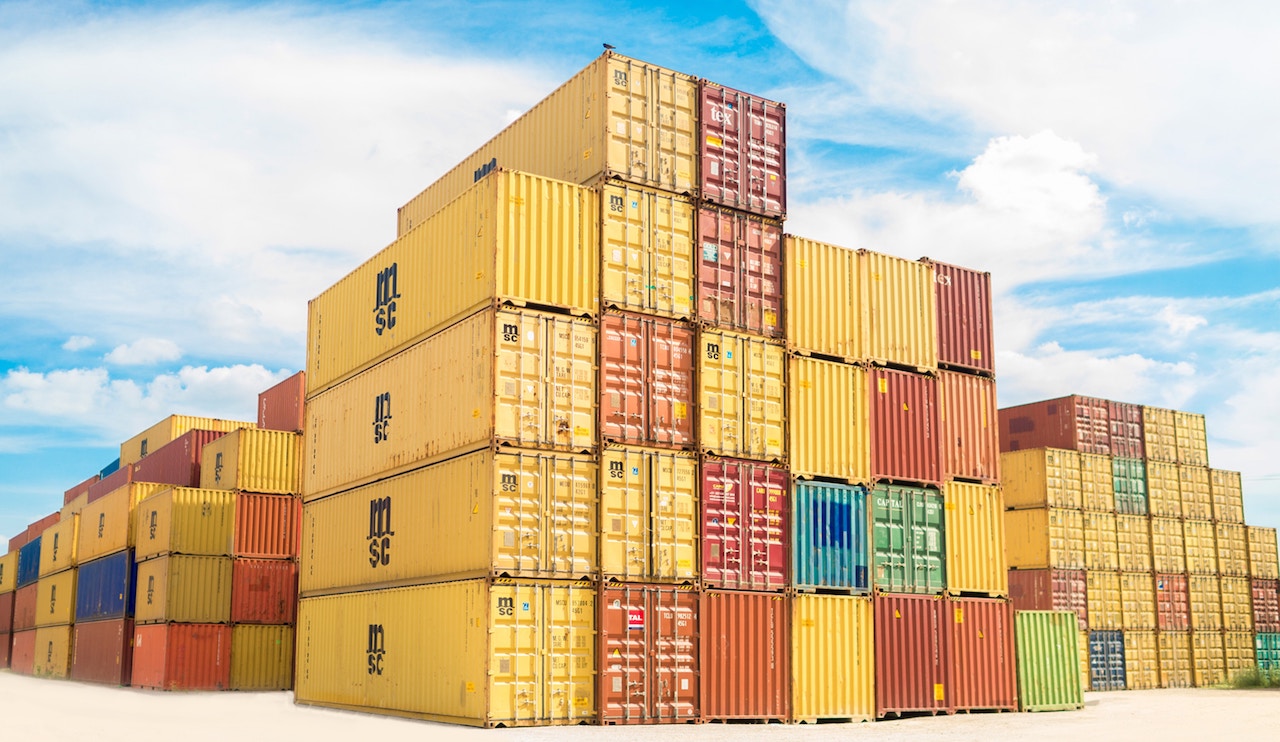Processing Trade, Productivity and Prices: Evidence from a Chinese Production Survey
HKUST IEMS Working Papers No. 2018-58
SHARE THIS

In this paper, we use a detailed production survey in the Chinese manufacturing industry to estimate both revenue and physical productivity and relate our measurements to firms' trade activity. We find that Chinese exporters for largely export oriented products like leather shoes or shirts appear to be less efficient than firms only involved on the domestic market based on the standard revenue productivity measure. However, we show strong positive export premium when we instead consider physical productivity. The simple and intuitive explanation of our results is that exporters charge on average lower prices. We focus more particularly on the role of processing trade and find that price differences are especially large for firms involved in this type of contractual arrangements. We suggest three reasons to explain this result. First, lower prices may simply be due to a mechanical effect as processing trade products are not subject to tariffs nor have to pay VAT. Second, some types of processing trade activities entail that the processing trade firm receives the inputs for free from the contracting firm, therefore artificially depressing the values of inputs or materials used for the firm's production. Third, lower prices may also be a consequence of transfer pricing, as multinationals involved in FDI in China may alter the price charged for inter-company transactions to shift funds within the organization.
Get updates from HKUST IEMS






